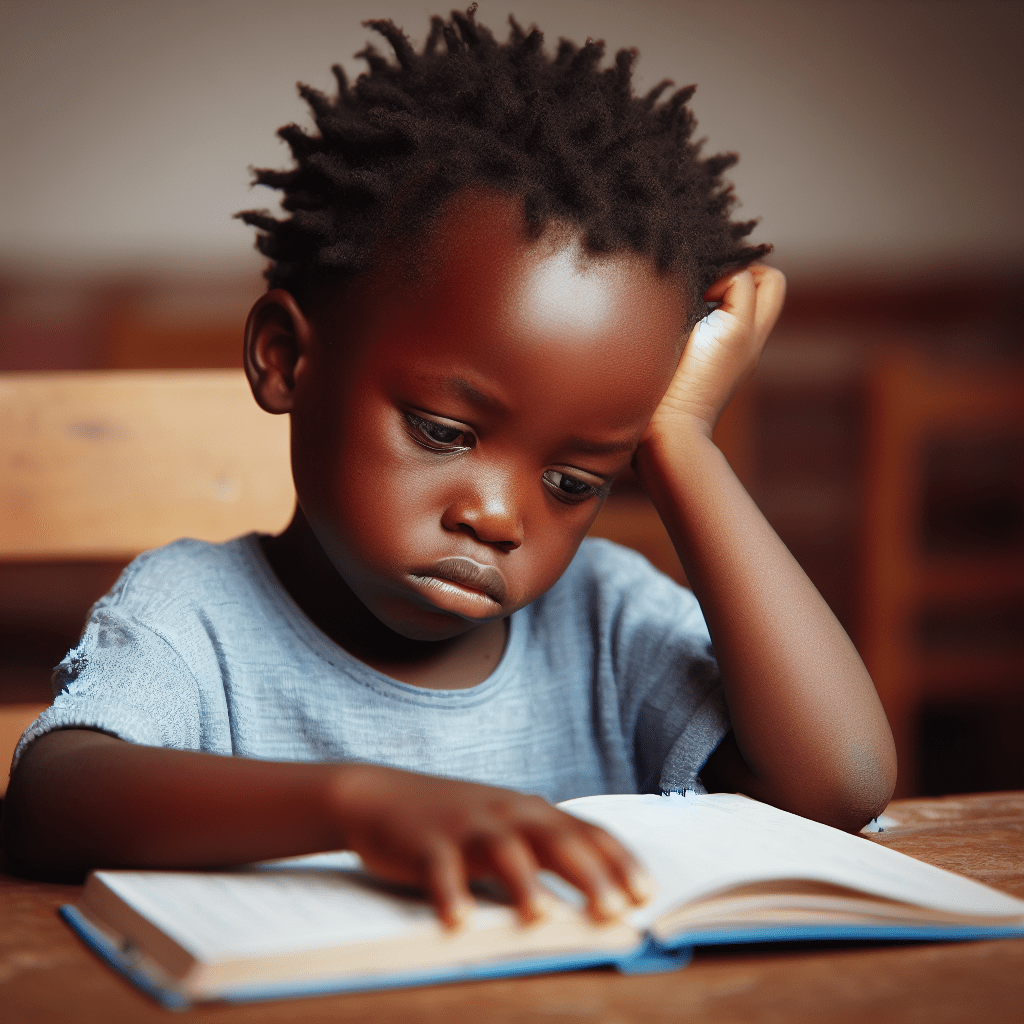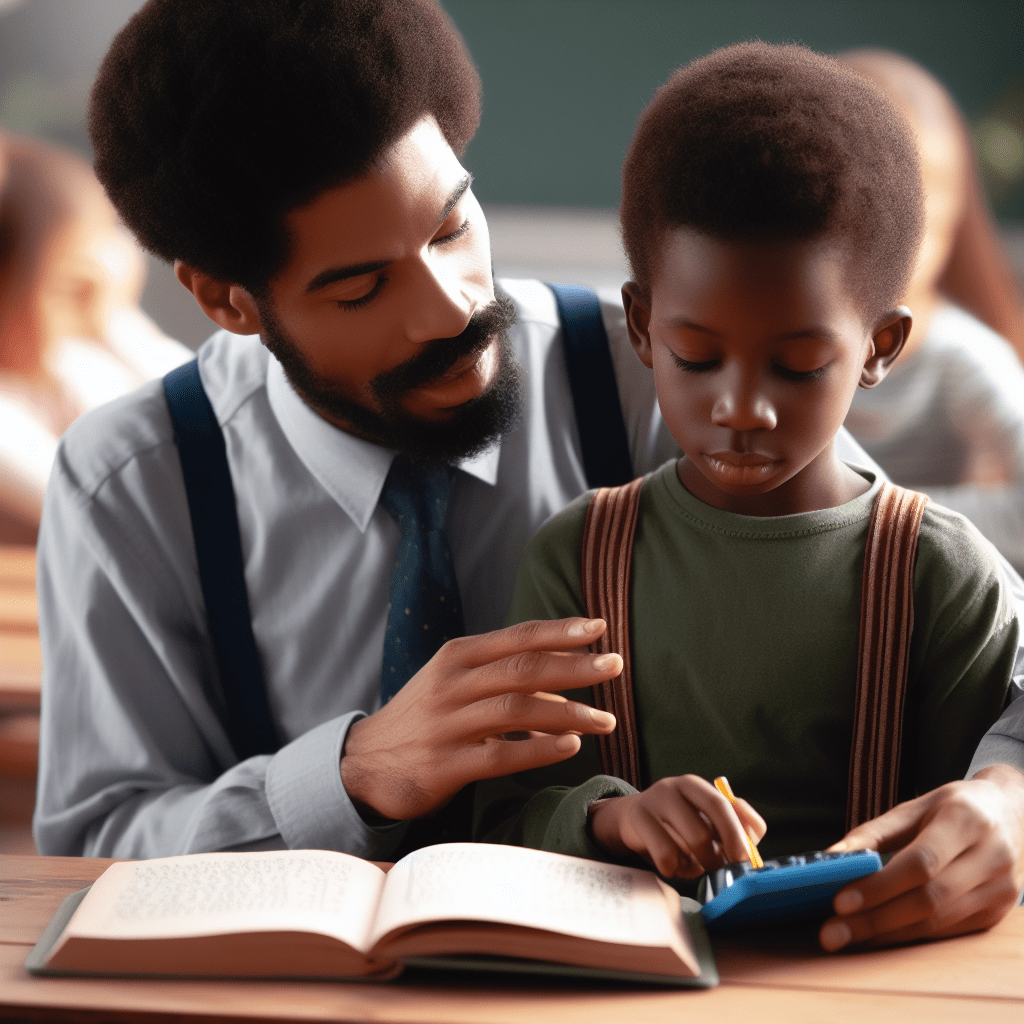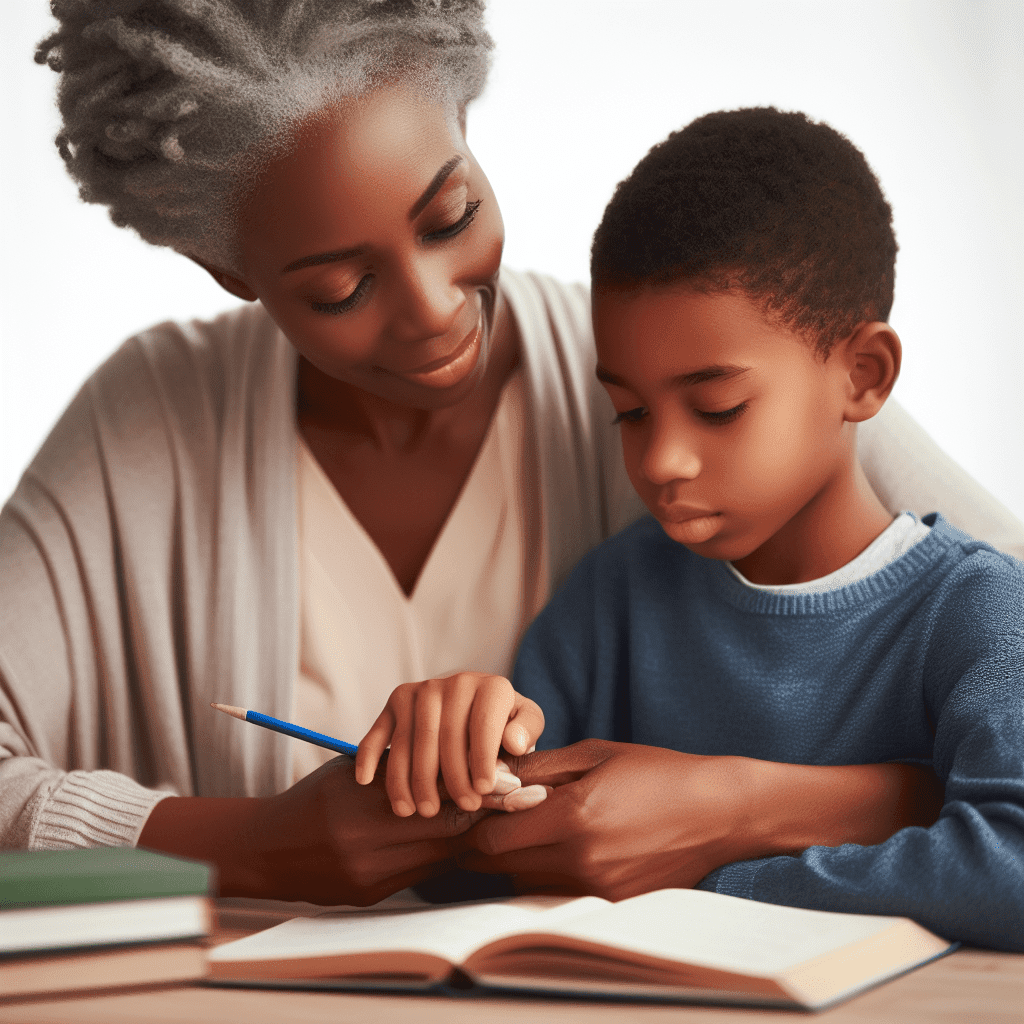“Early intervention is key for dyslexic kids. It’s like planting a seed and giving it the right sunshine and water to grow strong.”

Learning disorders, particularly dyslexia, pose challenges in the educational journey of many children.
Dyslexia is characterized by difficulties in reading, stemming from issues in recognizing speech sounds and their correlation with letters and words.
Contrary to misconceptions, it is not an indication of intelligence, hearing problems, or vision impairments.
Imagine a world where letters dance on the page, their shapes morphing and twisting, refusing to coalesce into recognizable forms. For some children, this isn’t just an imaginative flight – it’s the daily reality of dyslexia. This learning difference, often misunderstood as a mere reading “difficulty,” is like a hidden code woven into the fabric of their brains.
Instead of a smooth highway between spoken words and their written counterparts, dyslexia creates a winding mountain road, riddled with detours and dead ends. Decoding sounds, remembering letter sequences, and mastering spelling become arduous tasks, casting a shadow on the joy of reading that most children take for granted.
But here’s the twist in this tale: dyslexia isn’t a character flaw, a disability in the traditional sense, or a sentence to educational purgatory. It’s simply a neurological quirk, a brain wired differently, with its own unique strengths and processing pathways.
Think of it like seeing the world through a kaleidoscope, where colors and shapes fragment and reassemble in unexpected ways. It’s a different lens on language, not a broken one. And with the right support, this kaleidoscopic vision can unlock a world of possibilities, leading dyslexic children to excel not just in reading, but in all areas of learning and beyond.
Deciphering Dyslexia: Unraveling the Enigma of Learning Differences”
Ever wondered what sets the stage for dyslexia, that elusive learning puzzle? While the exact cause remains a bit of a brain-bender, intriguing clues lead us into the captivating world where genes, brain quirks, and life’s twists dance together in a fascinating choreography.
1. Genetic Riddles:
Dyslexia unfolds as a family saga, with genetics taking center stage. Picture this: a child with a dyslexic parent enters a genetic lottery, boasting a 30% to 50% chance of inheriting this unique cognitive trait. Adding a dramatic twist, conditions like Down syndrome play a supporting role, making it more likely to take the stage.
2. Brain Ballet:
Enter the realm of neurodivergence, where brains don’t follow the script but choreograph their own dance. If dyslexia is your partner in this cognitive tango, it means your brain decided to waltz to a different rhythm. Dive into the captivating research that unveils the mesmerizing differences in brain structure, function, and chemistry for those embracing the dyslexic sway.
3. Drama of Disruptions:
Picture a theatrical disruption in the grand play of fetal development. Infections, toxic exposures, and other unexpected events emerge as backstage troublemakers, introducing suspense and increasing the odds of a later dyslexic debut.
Risk Factors: A Plot Twist in Dyslexia’s Story
4. Toxic Tango:
Imagine air and water pollution as the mysterious partners leading in the dance of dyslexia risk. Heavy metals like lead and manganese, the nicotine waltz, and certain flame retardant chemicals take center stage, heightening the drama of toxic exposures and their role in the unfolding narrative of dyslexia.
5. Reading Material Dilemma:
Witness the high stakes in the lack of reading material. In households where reading is a rare guest or where the literary buffet is meager, the risk of dyslexia takes a starring role. The curtain rises on the impact of limited access to reading material in the developmental tale of dyslexia.
6. Learning Arena Chronicles:
Step into the schoolyard, where the drama of dyslexia encounters its educational challenges. Children in environments with sparse learning support find themselves playing a leading role in the dyslexic storyline. The script unfolds, highlighting the pivotal role of learning environment limitations in this educational drama.
Recognizing Dyslexia Symptoms: A Developmental Perspective
Early signs of dyslexia may manifest before a child enters school, such as late talking, slow word acquisition, and difficulty forming words correctly. As they progress into school age, symptoms become more apparent, including reading below the expected level, processing challenges, difficulty finding the right words, and spelling difficulties. In teens and adults, dyslexia symptoms persist and may include reading struggles, slow reading and writing, spelling problems, and avoidance of reading-related activities.
Understanding Dyslexia: The Learning Challenge
Dyslexia impedes a child’s ability to decode new words and hinders reading, writing, and spelling skills. It creates a gap between a student’s ability and achievement, becoming more noticeable in the third grade when fluent reading becomes crucial for academic success. its prevalence is estimated at one in five children, with 80 to 90 percent of kids with learning disorders affected. It occurs equally in boys and girls, often going undiagnosed due to misattributions of struggles to intelligence or effort.
The Social and Emotional Impact of Dyslexia

Beyond academic challenges, dyslexia can have profound social and emotional impacts. Word-finding difficulties may affect expressive language, leading to communication struggles and low self-esteem.
Undiagnosed dyslexic children may endure accusations of insufficient effort, contributing to a negative self-image. Recognizing and addressing the emotional toll is crucial to helping these children regain confidence in their intelligence and capabilities.
Diagnosing and Addressing Dyslexia: A Comprehensive Approach
Early detection of dyslexia is essential for effective intervention. Parents can request a school evaluation if their child exhibits reading difficulties. A formal evaluation, typically conducted after the age of six, assesses intellectual capacity, reading skills, and potential contributing factors. Private evaluations by specialists may provide additional insights and support advocacy efforts for accommodations.
Strategies for Dyslexia Support

Support for dyslexic children involves multi-sensory decoding instruction, repetition, small group or individual instruction, and teaching comprehension strategies.
Accommodations in school, such as extra time on tests and a quiet workspace, can alleviate challenges. Encouraging activities that build confidence and highlighting successful dyslexic children,can help reinforce the message that it does not define intelligence.
Emotional Support for Dyslexic Kids

Emotional support is vital in managing the frustration, embarrassment, and low self-esteem associated with dyslexia.
Open discussions about the challenges, acknowledging effort, celebrating hard work, and helping dyslexic children recognize their strengths contribute to building resilience.
Combating negative self-talk is crucial, with a focus on fostering a positive self-image.
Unlocking Dyslexia: A Call to Action for Parents, Educators, and a Supportive World
Conquering dyslexia demands more than just recognizing the challenge. It requires a holistic embrace, weaving together early recognition, comprehensive evaluation, targeted interventions, and unwavering emotional support.
By nurturing a supportive environment, where tailored strategies flourish and individual strengths are championed, children with dyslexia can not only master reading, but blossom into confident, successful learners. Remember, early intervention is a game-changer, paving the way for a positive educational journey and unlocking a world of possibilities.
Let’s join hands, parents, educators, and allies, to ignite a revolution in dyslexia awareness, equipping every child with the tools they need to overcome hurdles and write their own stories of success, both in the classroom and beyond.



